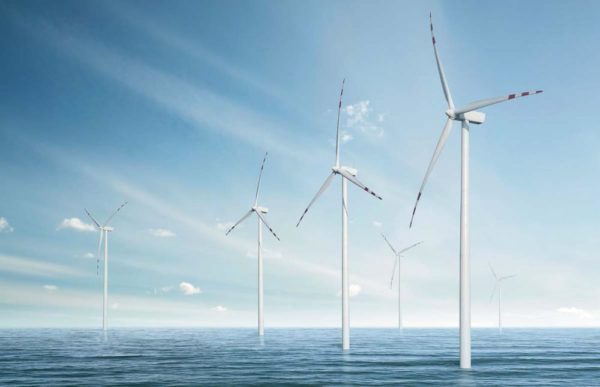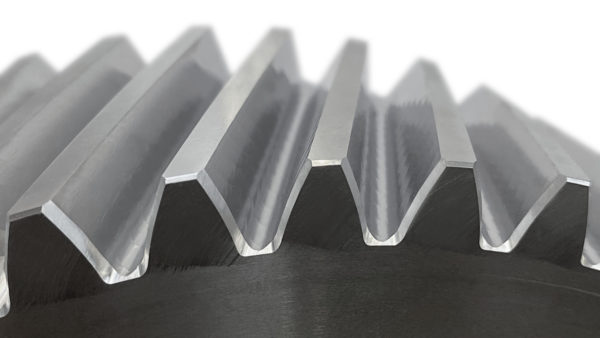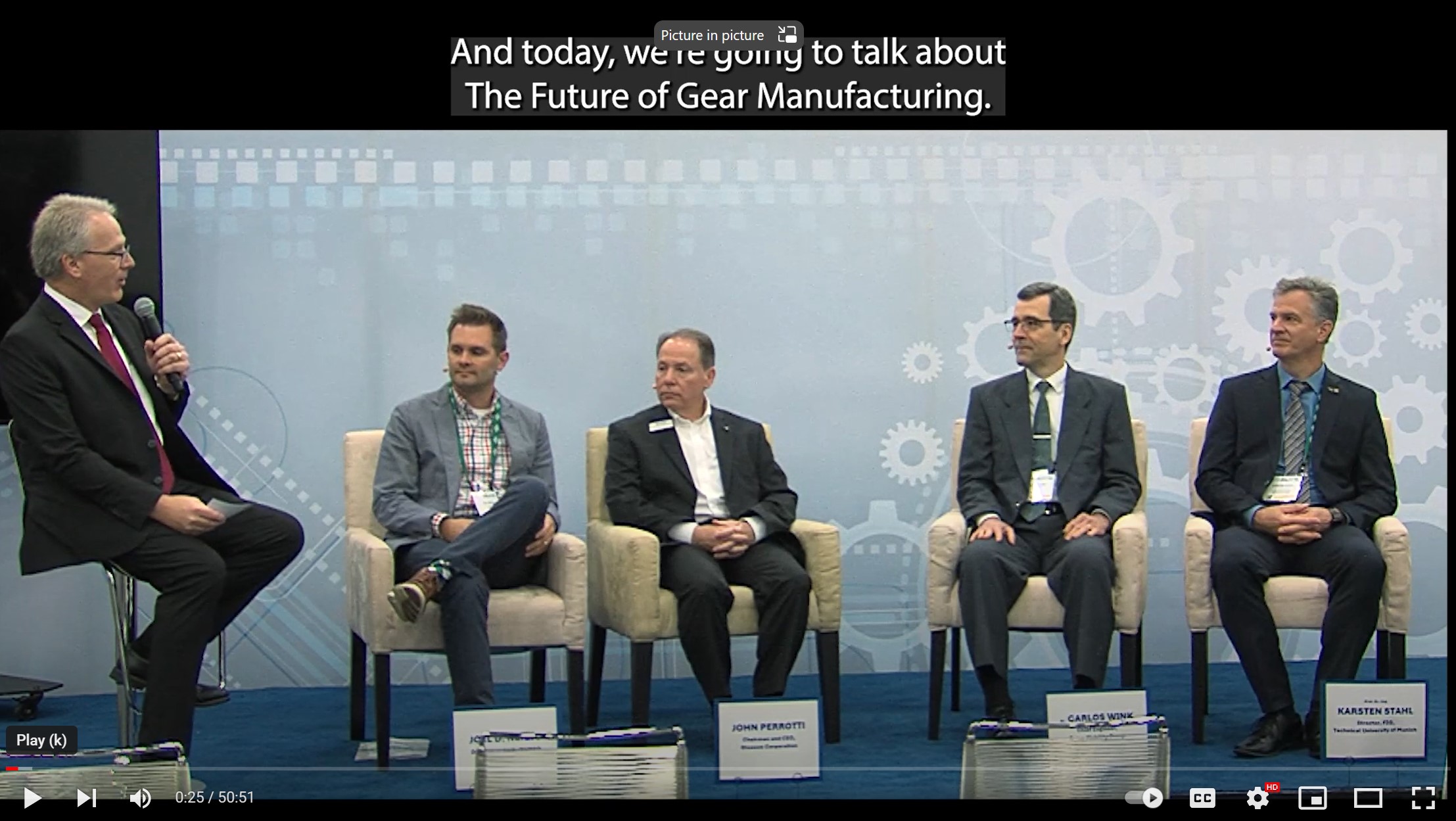Articles by Gottfried Klein
Match the ideal solution to the workpiece
Read More
Radial Chamfering Arrives for E-Drive Gears
Horizontal hobbing makes an ideal solution for geared shafts with interfering contours, including EV transmission shafts
Read More
Hot Technologies to Help Cool the Planet
With global wind turbine demand set to quadruple by the end of the decade, manufacturers are seeking new technologies to ramp up production of gears that can operate in any environment, around the clock, for years to come.
Read More









